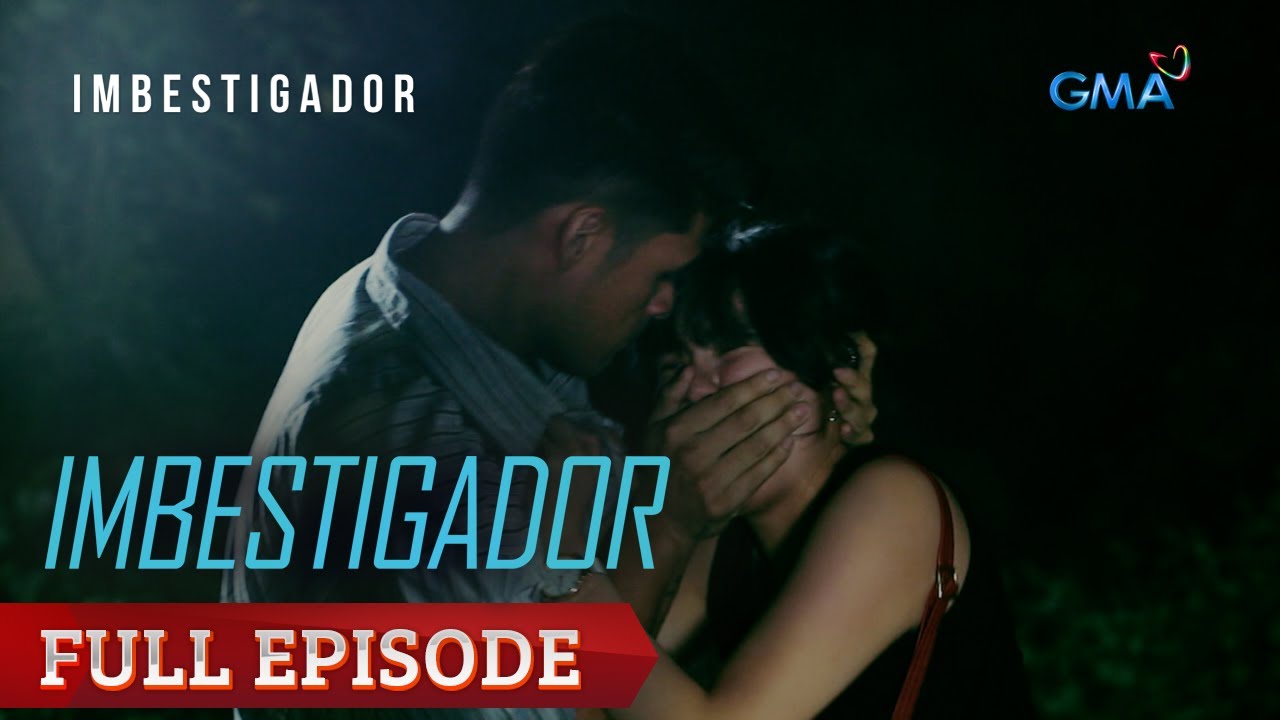Miranda v. Arizona: Ernesto Miranda's Arrest
Summary
TLDRThe transcript features a retired Phoenix police detective, Carol Cooley, recounting a significant moment with Ernie Miranda. During a lineup, a witness identified Miranda as the suspect but hesitated, suggesting she might confirm it if she heard his voice. Later, Miranda confessed to kidnapping, rape, and robbery. He wrote a confession voluntarily, which was well-written and accurate. The detective then describes the old city jail where Miranda was held, providing details about the facility and Miranda’s time there. This reflection highlights the process leading to Miranda's confession.
Takeaways
- 🔍 The witness initially identified Ernie Miranda as the suspect but expressed uncertainty.
- 👂 The witness mentioned that hearing the suspect's voice might help confirm the identification.
- 😶 The speaker, a detective, hesitated before responding to Miranda's question about how he did.
- 💬 When asked, Miranda admitted involvement in the crime after the detective suggested it was a good idea to confess.
- ✍️ Miranda voluntarily provided a written confession, stating that he was not coerced or promised anything.
- 📝 Miranda's written confession was concise, well-written, and accurate in describing the crimes.
- 🚔 The script describes the old city jail where Miranda was processed after his arrest.
- 🏢 Miranda was kept in the felony tank in the jail for a few days to about a week.
- 👮♂️ The speaker, retired Detective Carol Cooley from the Phoenix Police Department, narrated the events.
- 📖 The script covers the events surrounding Miranda's arrest, confession, and processing in jail.
Q & A
Who was the 'number one guy' referred to in the lineup?
-The 'number one guy' in the lineup was Ernie Miranda.
Why was the witness unsure about identifying Ernie Miranda in the lineup?
-The witness said that it looked like Ernie Miranda, but was uncertain and suggested that hearing his voice might help make the identification positive.
What did Ernie Miranda say after the lineup?
-After the lineup, Ernie Miranda asked how he did, and when told that he didn't do well, he responded by saying that he guessed he should tell the truth about the incident.
What did Ernie Miranda confess to?
-Ernie Miranda confessed to the kidnapping, rape, and robbery.
What was Ernie Miranda asked to do after his confession?
-After his confession, Ernie Miranda was asked to sign a written confession that began with a statement saying he gave the confession voluntarily without coercion or promises of immunity, and knowing his legal rights.
How was the written confession described?
-The written confession was described as being well-written, with excellent spelling, and an accurate description of the act.
Where was Ernie Miranda taken after his arrest?
-Ernie Miranda was taken to the old city jail on the fifth floor of the old city-county courthouse.
What was the procedure followed after Ernie Miranda was brought to the jail?
-After being brought to the jail, Ernie Miranda would have been searched, processed, and shown his quarters in a tank, specifically in the felony tank.
How long did Ernie Miranda stay in the jail after his arrest?
-Ernie Miranda stayed in the jail for possibly a week, but it could have been only a couple of days.
Who provided the information about Ernie Miranda's time in the jail?
-The information about Ernie Miranda's time in the jail was provided by retired detective Carol Cooley from the Phoenix Police Department.
Outlines

Cette section est réservée aux utilisateurs payants. Améliorez votre compte pour accéder à cette section.
Améliorer maintenantMindmap

Cette section est réservée aux utilisateurs payants. Améliorez votre compte pour accéder à cette section.
Améliorer maintenantKeywords

Cette section est réservée aux utilisateurs payants. Améliorez votre compte pour accéder à cette section.
Améliorer maintenantHighlights

Cette section est réservée aux utilisateurs payants. Améliorez votre compte pour accéder à cette section.
Améliorer maintenantTranscripts

Cette section est réservée aux utilisateurs payants. Améliorez votre compte pour accéder à cette section.
Améliorer maintenantVoir Plus de Vidéos Connexes

The Story Behind Miranda Rights

PAANO NAKALAYA SI NERI NAIG?

Dalaga, natagpuang patay sa bakanteng lote (Full episode) | Imbestigador

Terkuak! Ini Pelaku Pembunuhan Wanita di dalam Lemari Jambi! | Kabar Pagi tvOne

Police Box Her In But She’s STILL Not Giving Up

Isa pang artista, idinadawit din sa kasong kinakaharap ni Neri Naig-Miranda | 24 Oras
5.0 / 5 (0 votes)
